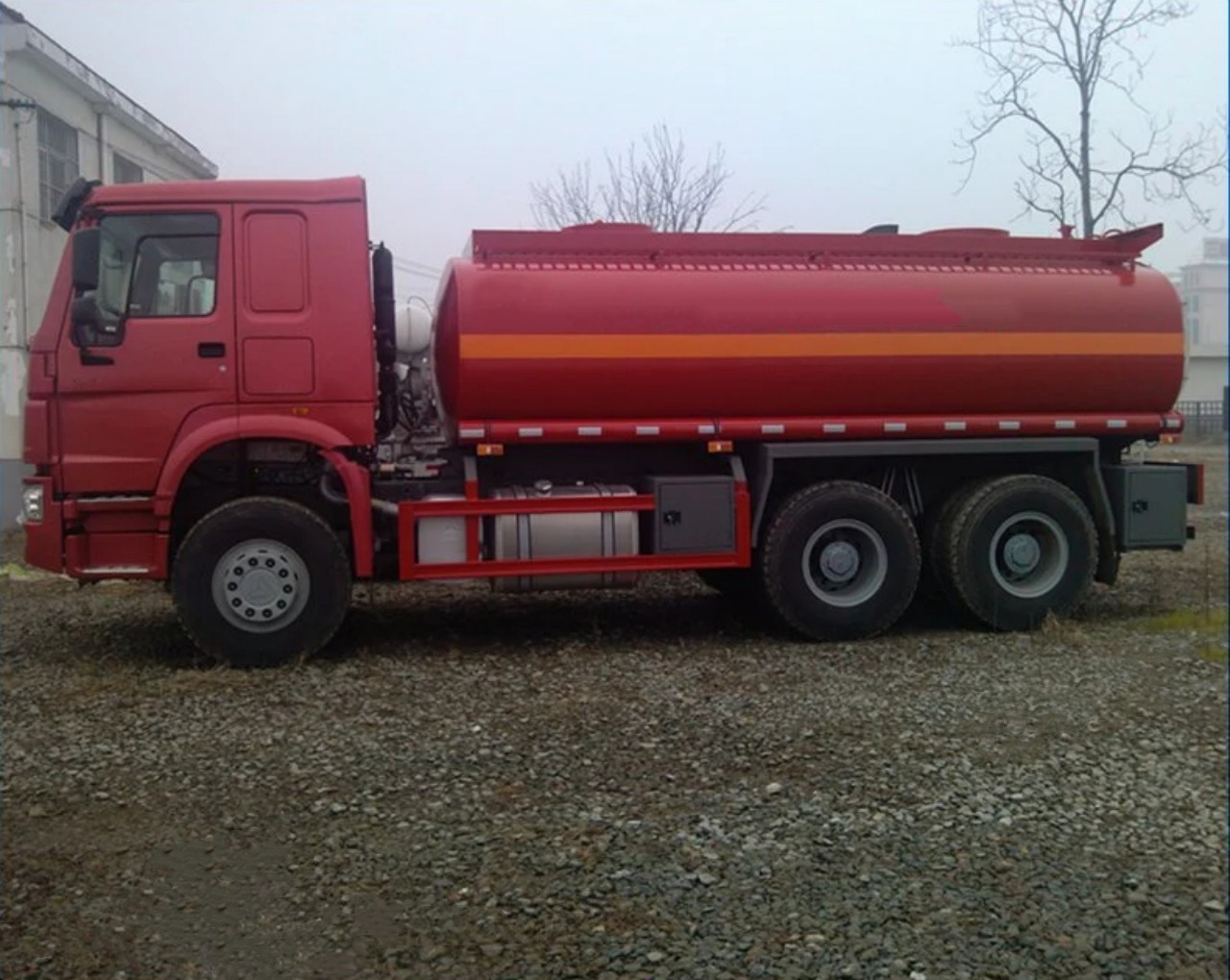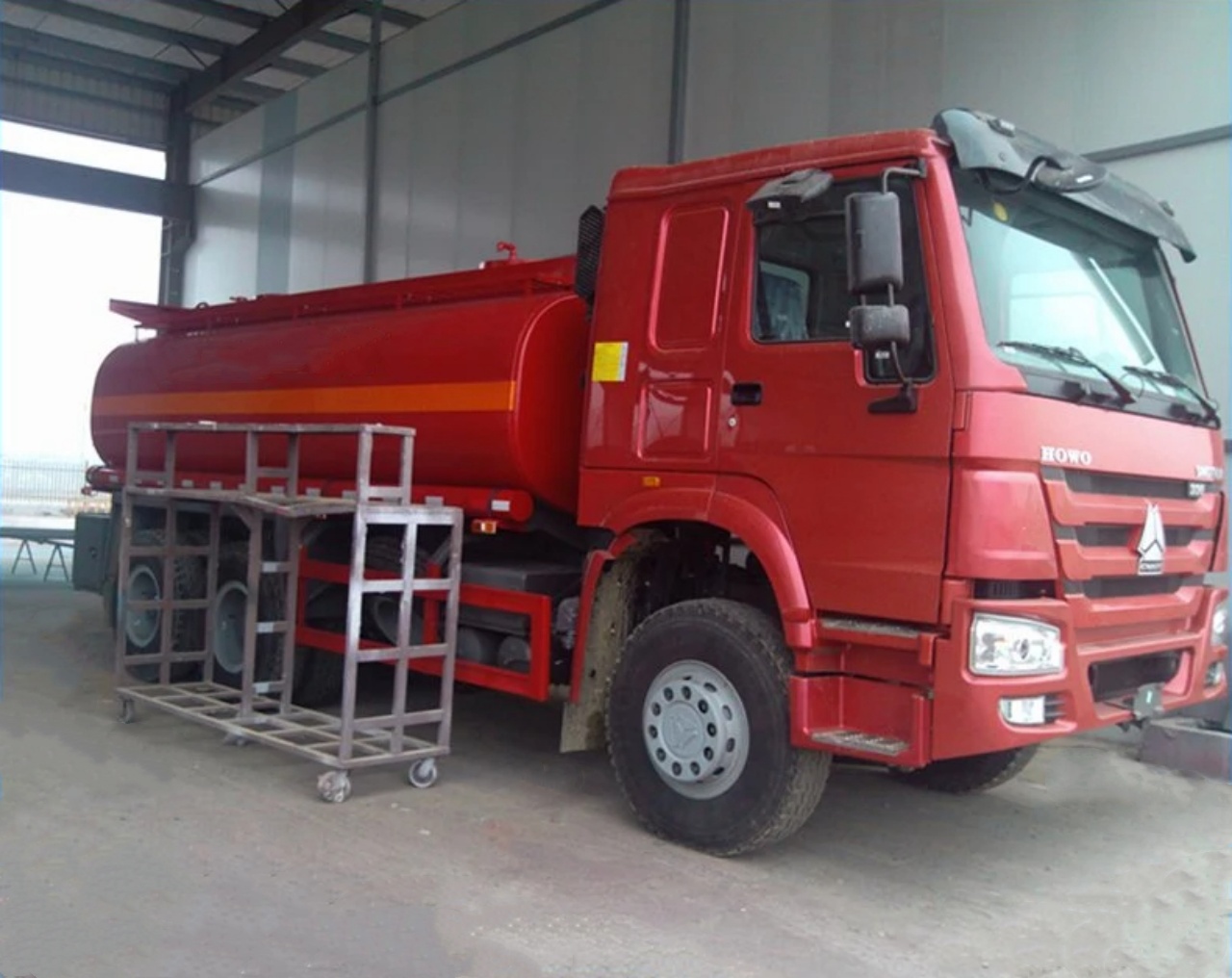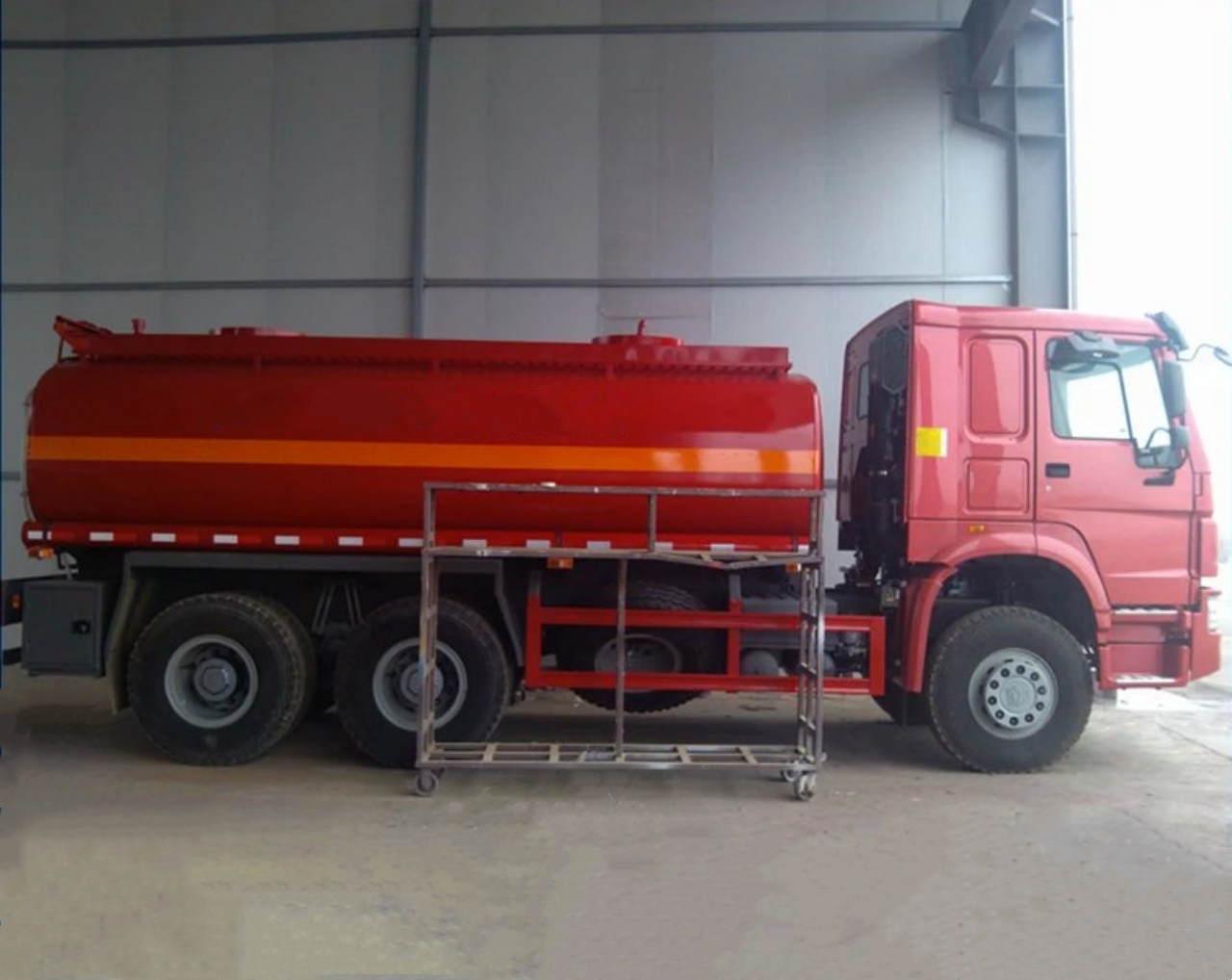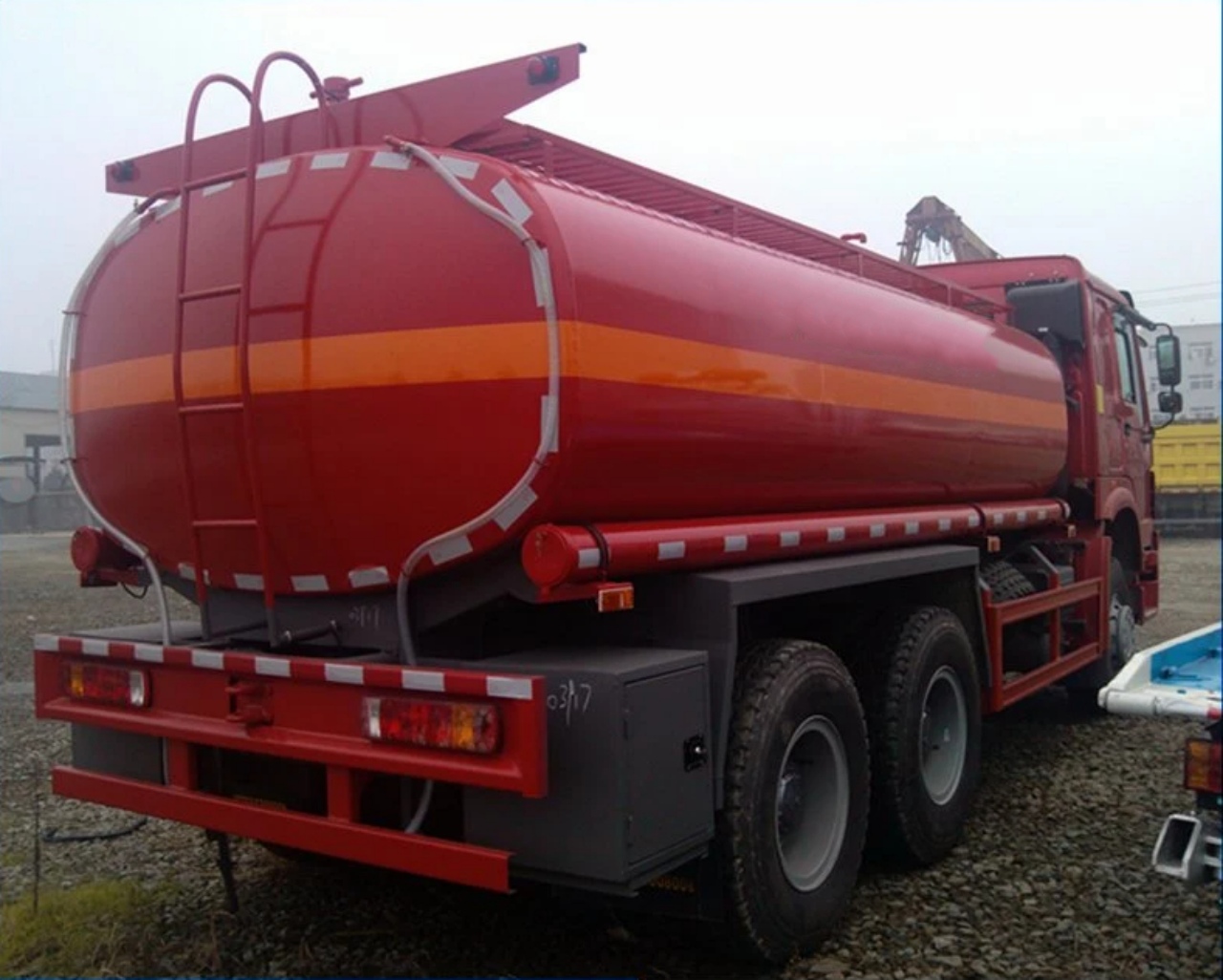Chemical tanker trucks play a vital role in the logistics and transportation industry, particularly in sectors that deal with hazardous and non-hazardous chemicals. These specialized vehicles are designed to carry liquid and sometimes gaseous chemicals across long distances, from manufacturing plants to end-users or distribution centers. Their primary function is to ensure the safe, secure, and efficient movement of chemical substances while complying with stringent safety standards and environmental regulations.
In this article, we’ll explore the main functions of chemical tanker trucks, their design features, types of chemicals transported, safety protocols, and their significance in the global supply chain.
Purpose and Function
The primary function of a chemical tanker truck is to transport chemical substances safely and efficiently. These trucks are designed to handle a wide range of chemicals that may be flammable, corrosive, toxic, or reactive. Some of the common chemical products transported include:
- Acids (e.g., sulfuric acid, hydrochloric acid)
- Bases (e.g., sodium hydroxide)
- Solvents (e.g., acetone, toluene)
- Industrial chemicals (e.g., methanol, ethanol)
- Agricultural chemicals (e.g., fertilizers, pesticides)
- Food-grade chemicals (e.g., flavoring agents, food additives)
The diversity of chemicals requires tanker trucks to be highly specialized, depending on the nature and hazards of the cargo. As such, their main functions include:
- Containment of Hazardous Materials
The tanks are designed to prevent leaks or spills during transit. They are built using corrosion-resistant materials like stainless steel, rubber-lined carbon steel, or specialized polymers. - Temperature Control
Some chemicals need to be kept at specific temperatures. Chemical tanker trucks may be equipped with insulation, heating coils, or cooling systems to maintain the chemical’s required temperature. - Pressure Management
Certain chemicals are transported under pressure. Tankers must be capable of maintaining specific internal pressures to keep the contents in a stable state (liquid or gas) and prevent dangerous reactions. - Segregation of Substances
Some tankers are compartmentalized to transport different chemicals without mixing. This is essential for logistics efficiency and cost savings, especially when delivering smaller quantities. - Safety and Emergency Systems
The function of a chemical tanker truck also includes minimizing risk in case of accidents. This involves built-in safety features like pressure relief valves, grounding systems (to prevent static electricity), and emergency shut-off valves.
Design Features
Chemical tanker trucks have several design characteristics tailored to their functions:
- Cylindrical Tanks: Designed for structural integrity and to withstand pressure differences. Most tanks are horizontally mounted.
- Corrosion-Resistant Materials: Stainless steel is commonly used due to its resistance to a wide range of chemicals. Linings may also be added for further protection.
- Insulation and Heating Systems: For chemicals that require specific temperature ranges.
- Manholes and Valves: For easy loading and unloading, cleaning, and pressure control.
- Compartments: Allow the transportation of multiple chemicals in 1 trip, each sealed and isolated.
- Pump and Hose Assemblies: For offloading the chemicals at the delivery site.
Each of these features is engineered to support the overall function of the vehicle, ensuring safe and controlled transport.
Types of Chemical Tanker Trucks
There are different types of chemical tankers depending on their design and usage:
- Single-Compartment Tankers
Used for bulk deliveries of a single chemical. These are common for large-volume shipments. - Multi-Compartment Tankers
Allow the transport of different chemicals in isolated chambers. These are useful for distribution to multiple clients. - Pressurized Tankers
Built to transport gases or volatile liquids under pressure, such as anhydrous ammonia or LPG. - Insulated or Heated Tankers
Used for chemicals sensitive to temperature fluctuations, like molten sulfur or certain resins. - Food-Grade Chemical Tankers
Specially designed to carry food-safe chemicals like flavor enhancers, preservatives, and other additives. These adhere to sanitary transport guidelines.
Safety and Regulatory Compliance
Chemical tanker trucks must adhere to strict safety and regulatory standards to operate legally and safely. These regulations vary by country but often include:
- ADR (Agreement concerning the International Carriage of Dangerous Goods by Road) in Europe
- DOT (Department of Transportation) regulations in the United States
- UN Recommendations on the Transport of Dangerous Goods
Compliance ensures:
- Proper labeling and placarding for hazard identification
- Vehicle and tank inspection and certification
- Driver training and licensing
- Emergency response protocols and documentation
- Usage of appropriate PPE (Personal Protective Equipment) during loading and unloading
These regulations are in place to reduce the risks to public health, property, and the environment.
Role in the Supply Chain
Chemical tanker trucks are essential links in the global supply chain. Their roles include:
- Manufacturing Support: Supplying raw chemical materials to factories for product manufacturing.
- Distribution: Moving chemicals from production facilities to warehouses or distributors.
- Export/Import Logistics: Transporting goods to and from ports for international shipping.
- On-site Delivery: Delivering chemicals directly to customer facilities, such as industrial plants, farms, or labs.
By enabling just-in-time delivery of chemicals, these trucks help industries maintain efficient production cycles, reduce storage costs, and ensure uninterrupted supply lines.
Environmental Considerations
Modern chemical tanker trucks are designed with environmental protection in mind. Key considerations include:
- Spill Containment Systems are used to prevent leaks from contaminating soil or water sources.
- Emission Control features in engines minimize air pollution.
- Recycling and Waste Management during cleaning and maintenance.
- Sustainable Fuel Options like LNG or hybrid systems are increasingly being explored to reduce carbon footprints.
Additionally, proper route planning and digital monitoring help reduce fuel usage and optimize transport logistics.
Conclusion
The function of a chemical tanker truck goes far beyond simple transportation. It’s a highly specialized vehicle engineered to carry dangerous and sensitive materials safely and efficiently, playing a crucial role in the functioning of various industries—from agriculture and pharmaceuticals to oil refining and manufacturing. With strict adherence to safety standards, advanced design features, and an essential position in the logistics chain, chemical tanker trucks help ensure that vital chemical substances reach their destinations without incident.
As technology advances and environmental regulations tighten, the chemical tanker truck will continue to evolve, incorporating greener technologies and smarter systems. However, its core function—ensuring the safe transport of chemicals—will remain a cornerstone of modern industry.





